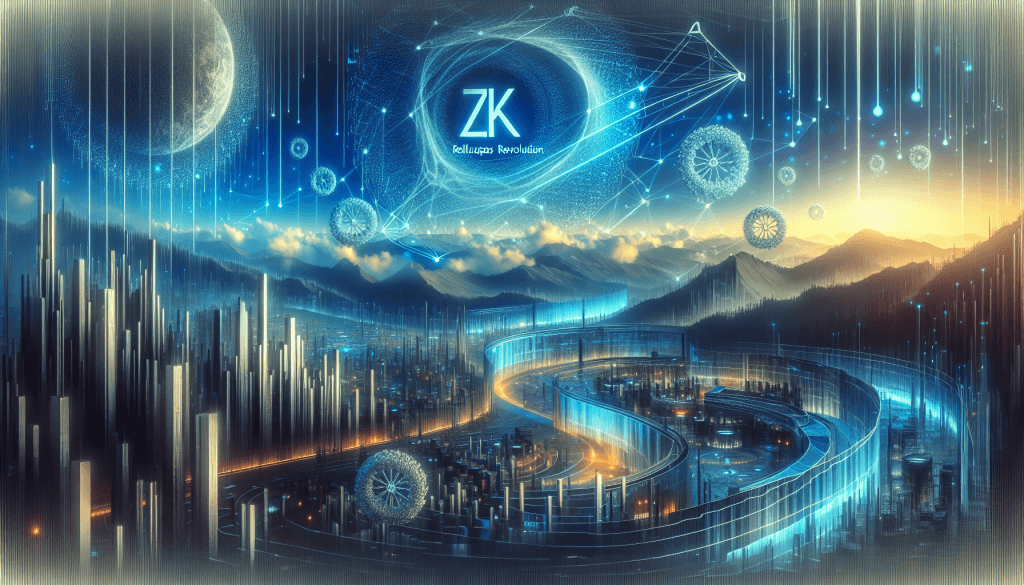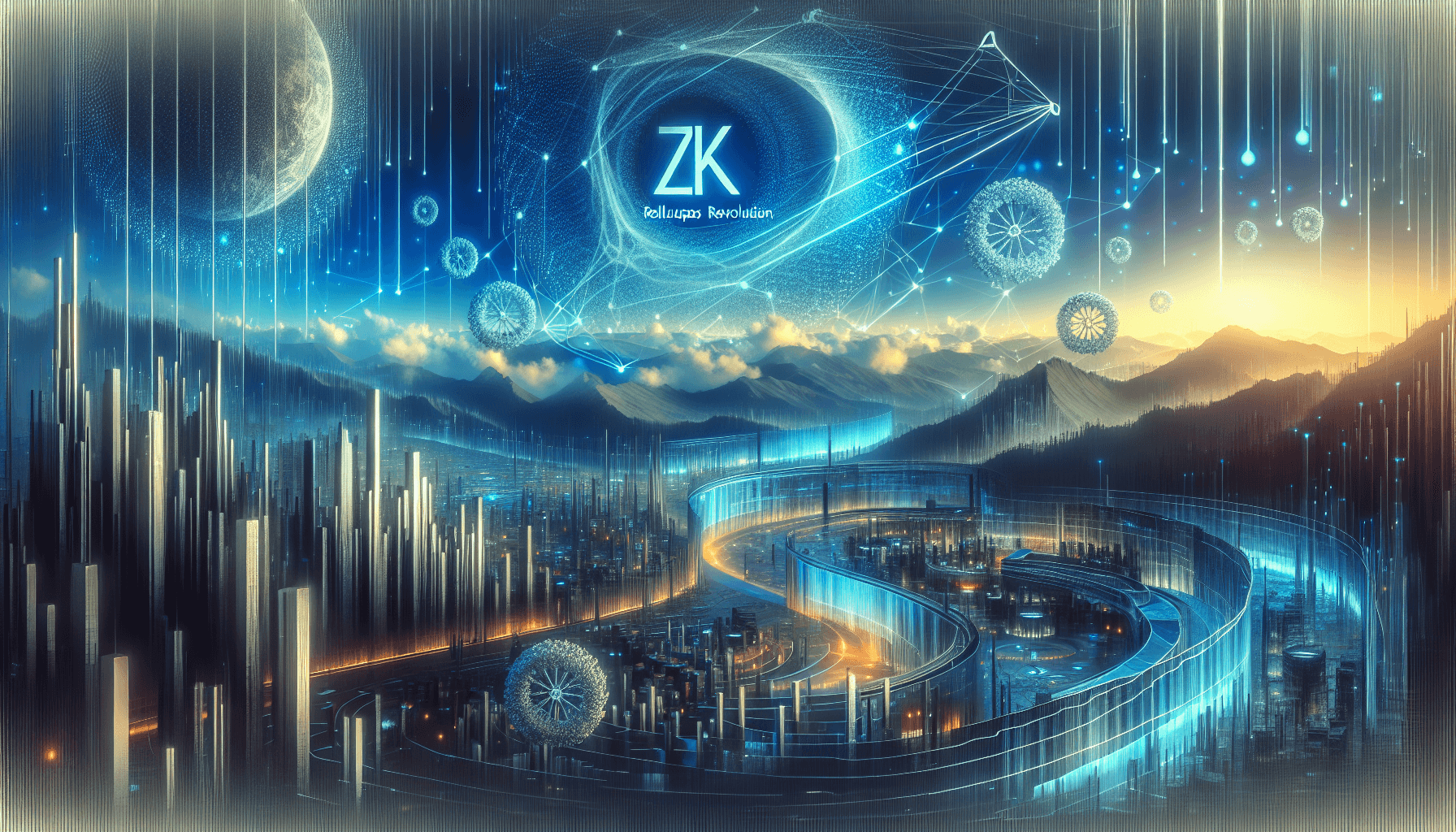/ Nov 30, 2025
Trending


The blockchain industry, ever-evolving, has recently been abuzz with developments around Zero-Knowledge Rollups (ZK-Rollups), a technology promising to turbocharge scalability and privacy. With mounting interest from both developers and investors, ZK-Rollups have the potential to redefine the landscape of decentralized applications (dApps). This article delves into the mechanics of ZK-Rollups and their implications for the future of blockchain.
In the quest to solve blockchain’s notorious scalability problem, ZK-Rollups have emerged as a promising solution. At their core, ZK-Rollups batch multiple transactions into a single transaction, which is then verified on the main blockchain. This reduces the amount of data that needs to be processed on-chain, significantly enhancing throughput and reducing transaction costs.
ZK-Rollups leverage zero-knowledge proofs, which allow one party to prove to another that a statement is true without revealing any information beyond the validity of the statement itself. In the context of ZK-Rollups, this means complex transactions can be bundled and validated efficiently without exposing sensitive transaction details. The result is a more private and scalable blockchain solution.
Traditional scaling solutions, such as sharding or increasing block size, come with limitations and trade-offs. Sharding, for instance, can improve scalability but often at the risk of compromising security. ZK-Rollups, however, maintain the security of the main blockchain while offering significant improvements in transaction speed and cost-efficiency.
One of the standout features of ZK-Rollups is their potential to enhance privacy on public blockchains. By using zero-knowledge proofs, transaction details remain confidential, attracting users who require privacy without sacrificing the decentralized nature of blockchain technology.
The impact of ZK-Rollups is already being felt across various blockchain projects. Notably, Ethereum’s Layer 2 solutions are integrating ZK-Rollup technology to handle increased demand from decentralized finance (DeFi) and non-fungible tokens (NFTs) sectors. This adoption showcases the technology’s capability to handle real-world use cases while offering scalability and privacy features that traditional Layer 2 solutions struggle to provide.
While Ethereum remains at the forefront of ZK-Rollup implementation, other blockchain networks are exploring this technology. Networks like Loopring and zkSync are pioneering efforts to incorporate ZK-Rollups into their ecosystems, offering developers a robust toolset for building efficient and privacy-focused dApps.
The adoption of ZK-Rollups is still in the early stages, yet the enthusiasm and investment surrounding this technology are undeniable. As developers continue to refine and optimize ZK-Rollup protocols, broader adoption could catalyze a new era of blockchain applications that are not only faster and cheaper but also more secure and private.
Despite their advantages, ZK-Rollups face several challenges. Scalability gains must be balanced with ease of integration, and developers need to tackle the complexities of zero-knowledge proof algorithms. Moreover, interoperability with existing blockchain infrastructures remains a critical hurdle that needs to be addressed to fully realize ZK-Rollups’ potential.
ZK-Rollups represent a significant leap forward in addressing blockchain scalability and privacy concerns. As the technology matures, it promises to open new avenues for innovation within the blockchain space, driving the next wave of dApp development and mainstream adoption. While challenges remain, the excitement surrounding ZK-Rollups underscores their potential to revolutionize how we think about blockchain technology in the years to come.
Stay ahead with Blockchainooz! Get daily updates on industry insights, market trends, and innovative blockchain technology—all in one place. Perfect for enthusiasts and investors looking to make informed decisions in the ever-evolving world of blockchain and crypto.